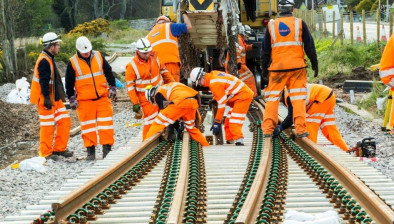And finally… Thousands of UK households and businesses could be energy producers by 2035
 A future of energy study by Arup has predicted that many people and businesses across the UK will be generating their own power by 2035.
A future of energy study by Arup has predicted that many people and businesses across the UK will be generating their own power by 2035.
Endorsed by Energy UK, Energy systems: A view from 2035 sets out the energy solutions required to bring the UK on track to meet its 2050 climate change targets. It shows a country made up of a diverse range of heating sources, within a more decentralised energy system, where households and businesses play a greater role in managing and producing their own energy.
The study suggests there will not be one solution within the future energy system, but many. This will make flexibility – in system architecture, system operation and the regulatory framework – essential. However, it warns that although major changes in the way the UK produces, manages and uses energy are inevitable in the coming years, how these are steered will be essential to achieving the government’s three objectives of decarbonisation, security and affordability.
The study highlights the following changes, and more:
There will be between 50-77GW of intermittent solar and wind generating capacity on the system compared to 27GW today
With more energy retailers in the market - including local energy co-operatives and municipal suppliers - consumers will have a wider variety of products available to them including time-of-use and peer-to-peer tariffs (via blockchain technology).
Filippo Gaddo, head of energy economics at Arup, said: “The next few decades are expected to be amongst the most transformative for the energy industry and billions are being invested to ensure that it is fit for the future. For this investment to enable positive change, flexibility across energy systems and within regulation will be essential in order to achieve a sustainable, affordable, and low carbon future. The UK has the opportunity to lead the way in the future of energy development, but it will be technological advances, investors and policy changes – highlighted within this study - that drive this forward.”
Lawrence Slade, chief executive of Energy UK, added: “Customers must be at the heart of any future energy system. The energy sector is working hard to bring forward an energy system that continues to lower emissions, provides reliable supply, at lowest cost. The work Arup has done highlights how and where the changing system and decarbonisation imperative will create new roles, interactions and dependencies - as well as potential business models that will help make this future energy landscape possible. This brings many promising opportunities, but we must continue to build the evidence and have open dialogue about the challenges and the size of the investment required to update our energy infrastructure.”























